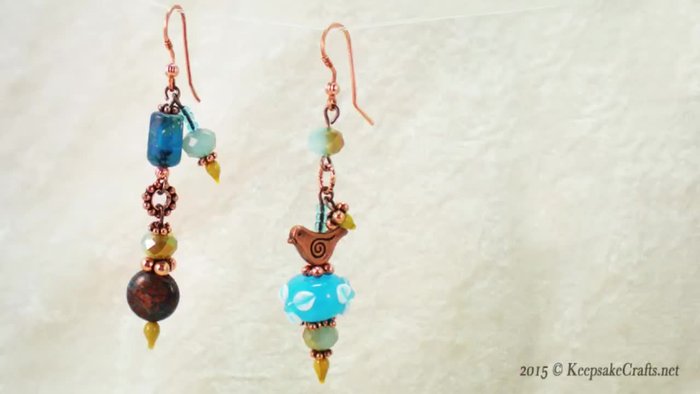Unleash your inner artist and create a stunning pair of asymmetrical earrings that are as unique as you are! This tutorial will guide you through the process of crafting eye-catching earrings using art glass head pins, offering a fantastic opportunity to experiment with color, texture, and design. Forget mass-produced jewelry; this project allows you to personalize your accessories and express your individual style with handmade flair. The beauty of asymmetrical earrings lies in their unexpected charm, offering a modern and playful twist on traditional jewelry. Art glass head pins provide a vibrant and versatile foundation, allowing for endless creative possibilities.
Forget matching pairs; embrace the artistry of imbalance! This tutorial will walk you through each step, from selecting your materials to perfecting the finishing touches, enabling even beginners to create professional-looking results. Prepare to be amazed at how easily you can transform simple supplies into a remarkable pair of statement earrings. Let's dive into the step-by-step process and begin crafting your unique asymmetrical masterpieces.
Preparation and Safety Guidelines
- Art glass head pins
- Copper ear wires
- Lampwork beads
- Small beads (blue beads used in example)
- Chain nose pliers
- Wire cutters
- Round nose pliers
- Always wear safety glasses when working with art glass head pins. Sharp edges and potential for breakage exist.
- Use caution when working with sharp tools like wire cutters or pliers. Keep fingers clear of cutting edges.
- If using a torch for any step (like fusing or annealing glass), ensure adequate ventilation and follow all safety instructions for your specific equipment.
Step-by-Step Instructions
Gather Materials
- art glass head pins, copper ear wires, lampwork beads, small beads, chain nose pliers, wire cutters, and round nose pliers.

Gather Materials Design the Earrings
- Consider balance and asymmetry. The video creator spent significant time planning before assembly .

Design the Earrings Assemble the First Earring
- Attach beads and elements to the head pins. The example uses two head pins per earring, with additional lampwork and small beads .
- Trim excess wire and create loops. Attach the dangle to the earring using the rings.
- Open the loop of the ear wire and slide it onto the earring assembly .



Assemble the First Earring Assemble the Second Earring
- Repeat steps 3-5 for the second earring, adapting the design for asymmetry and balance. Be prepared to improvise and adjust based on material availability and practicality .

Assemble the Second Earring Refine and Finalize
- Add seed beads or make other minor adjustments to achieve the desired look .

Refine and Finalize
Read more: DIY Tiered Tassel Earrings: A Quick & Easy Jewelry Tutorial
Tips
- Utilize leftover beads and components creatively for unique earring designs .
- Be prepared to adjust your design during assembly as needed; flexibility is key when working with asymmetrical pieces .
- Having a stash of various beads and components allows for more design options and improvisation .
- Don't be afraid to experiment! You can always adjust and rework your jewelry later to achieve your preferred look .






